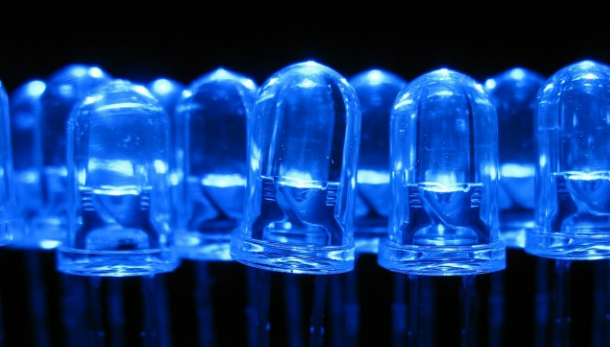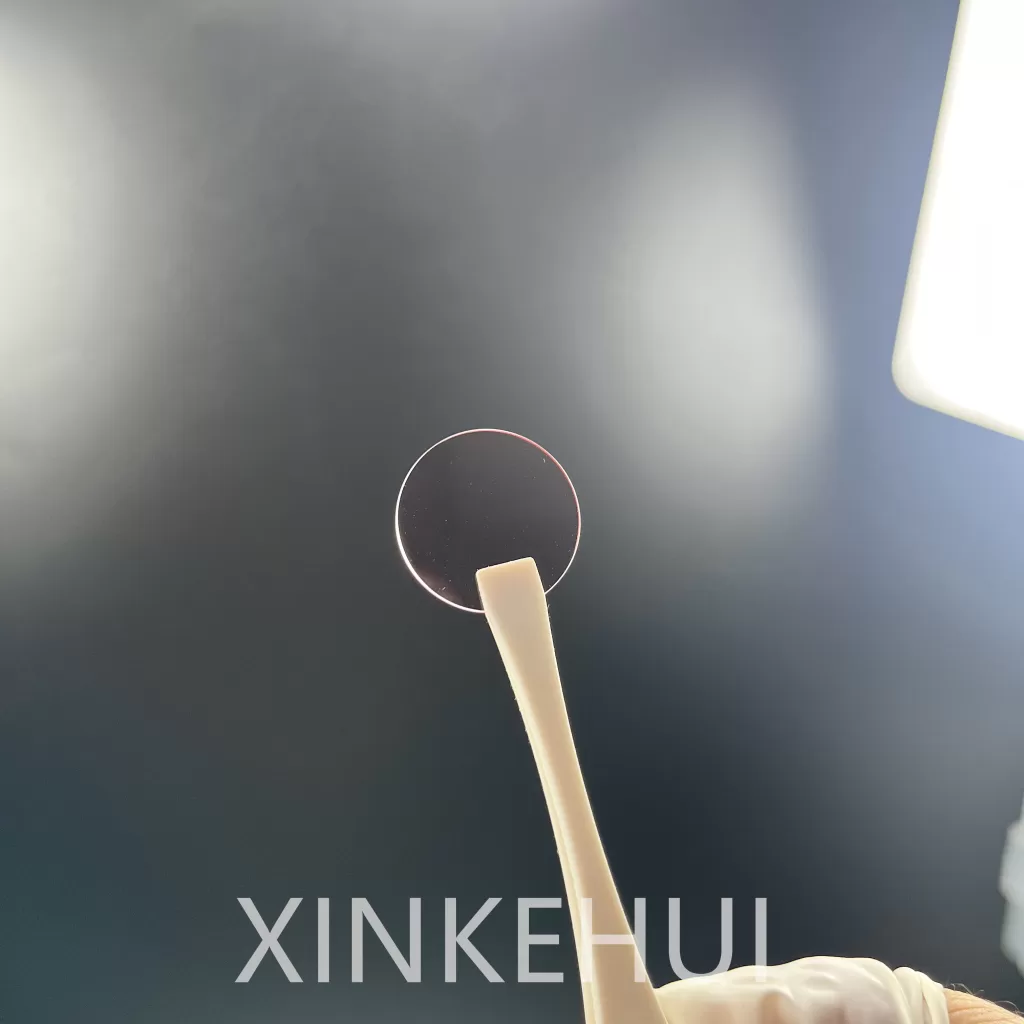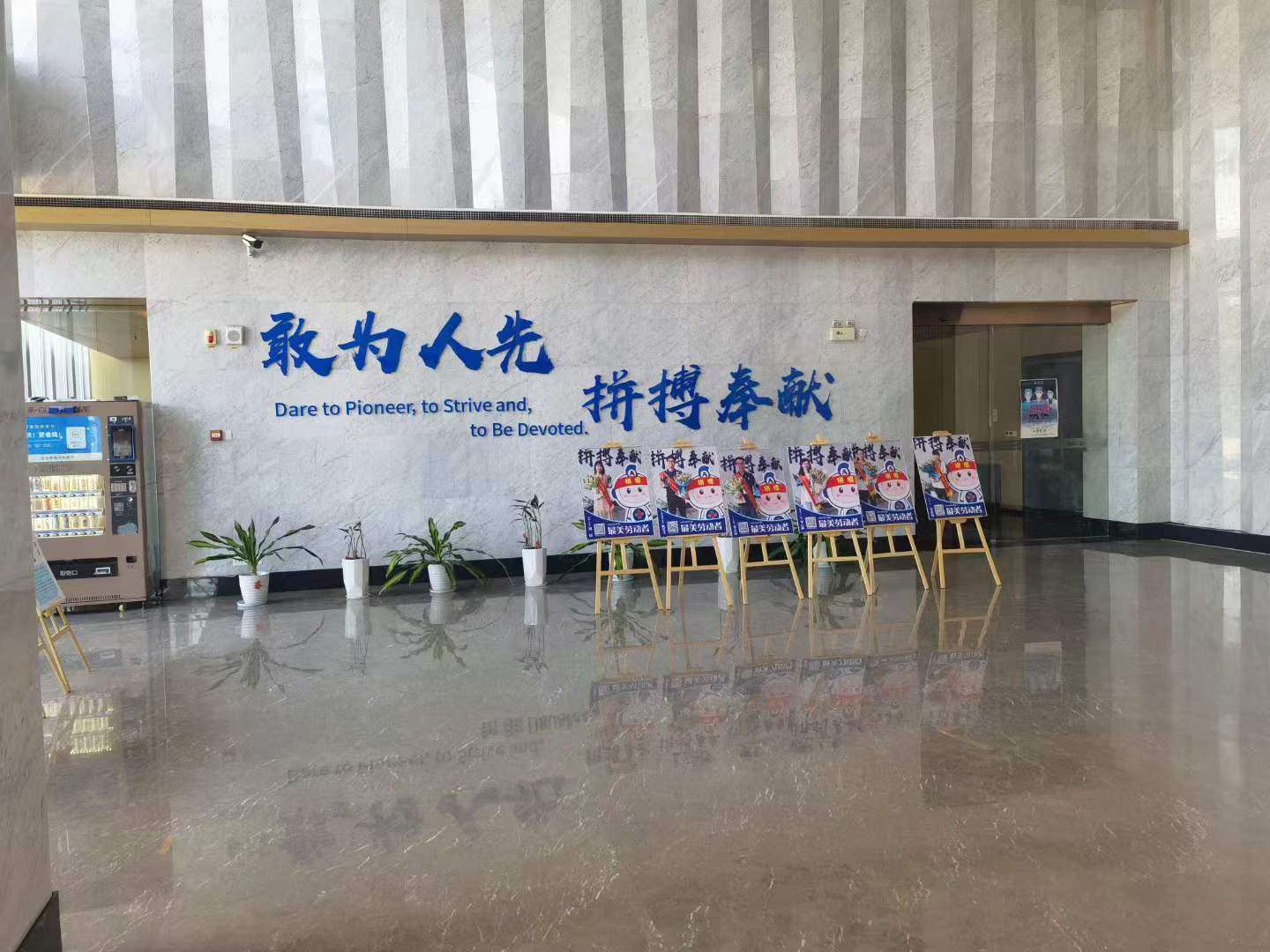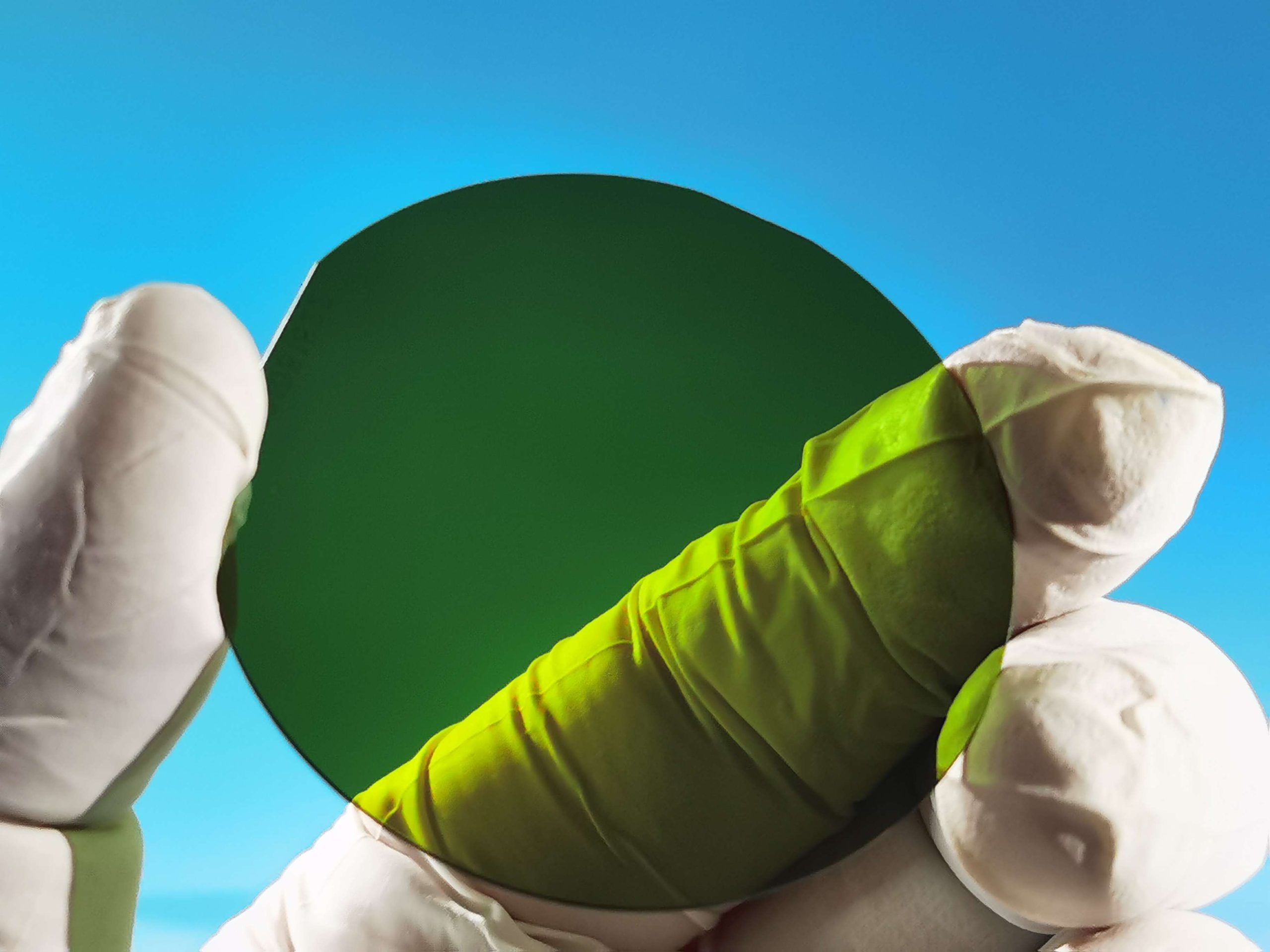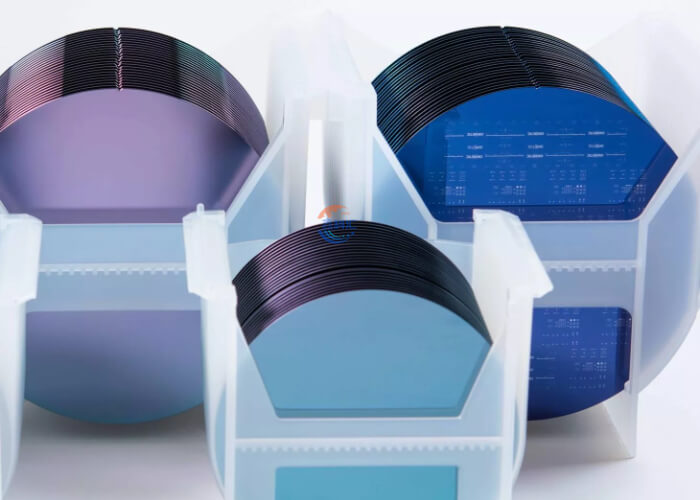Ti doped sapphire windows’ abstract
Ti:Sapphire Crystal, also known as Titanium Doped Sapphire, stands out as the premier choice for tunable solid-state lasers. Renowned for its versatility and performance, it dominates the field due to its ability to support ultra-short pulses, often less than 10 femtoseconds in duration. This makes it the crystal of preference for applications requiring femtosecond mode-locked oscillators and amplifiers.
The absorption band of Ti:Sapphire typically centers around 490 nanometers, facilitating convenient pumping by a variety of laser sources such as argon ion lasers or frequency-doubled Nd:YAG, Nd:YLF, and Nd:YVO4 lasers operating at approximately 530 nanometers.
CASTECH employs an advanced growth method known as the Temperature Gradient Technique (TGT), ensuring the production of large-sized Ti:Sapphire crystals (with dimensions up to 30×30 mm^3) of impeccable quality. These crystals exhibit minimal light scatter and possess a dislocation density of less than 10^2 per square centimeter. Notably, the TGT-grown sapphire crystals boast [0001] oriented growth, high doping levels (with an absorption coefficient at 490 nm of 4.0 cm^-1), impressive gain characteristics, and a high laser damage threshold.
In summary, Ti:Sapphire Crystal, enabled by CASTECH’s cutting-edge growth techniques, delivers unparalleled performance, making it the top choice for applications demanding widely tunable and ultra-short pulsed lasers with exceptional gain and power outputs.
Ti doped sapphire windows’ properties
| Absorption range | 400 – 600 nm |
| Tuning range | 660 – 1050 nm |
| Emission peak | 795 nm |
| Absorption peak | 488 nm |
| Absorption cross-section at peak wavelength | 38×10-20 cm2 |
| Emission Cross-section | Σ532nm = 4.9 x 10-20 cm2 |
| Emission Cross-section | Σ490nm = 6.4 x 10-20 cm2 |
| Emission cross-section | Σ790nm = 41×10-20 cm2 |
| dn/dT | 13×10-6 K-1 |
| Thermal conductivity | 33 Wm-1K-1 |
| Laser action | 4-level vibronic |
| Fluorescence lifetime | 3.2 µs (T=300K) |
| Refractive index | 1.76 @ 800 nm |
| Chemical formula | Ti3+:Al2O3 |
| Crystal structure | Hexagonal a=4.758, c=12.991 |
| Density | 3.98 g/cm3 |
| Melting point | 2040℃ |
| Mohs hardness | 9 |
- Optical Transparency: Ti:Sapphire windows exhibit excellent optical transparency across a broad spectral range, typically from ultraviolet (UV) to near-infrared (NIR) wavelengths. This transparency allows for efficient transmission of light, making them suitable for optical systems requiring high clarity.
- Tunable Absorption and Emission: The titanium dopant in sapphire introduces energy levels within the crystal lattice, resulting in tunable absorption and emission characteristics. This property enables Ti:Sapphire windows to serve as active laser gain media, supporting widely tunable laser operation across the visible and near-infrared spectrum.
- High Optical Quality: Ti:Sapphire windows are fabricated with high precision and undergo stringent quality control measures to ensure exceptional optical quality. This includes low levels of optical scattering and minimal absorption losses, allowing for high-performance optical systems.
- High Damage Threshold: These windows exhibit a high resistance to optical damage, enabling them to withstand intense laser irradiation without significant degradation. This property is crucial for laser applications where high-power densities are involved, such as mode-locked lasers and amplifiers.
- Chemical and Mechanical Stability: Sapphire, the host material for Ti doping, is renowned for its chemical and mechanical stability. Ti:Sapphire windows inherit these properties, making them resistant to chemical corrosion and mechanical stress, ensuring long-term durability in various operating environments.
- Temperature Stability: Ti:Sapphire windows maintain their optical properties over a wide temperature range, making them suitable for use in both cryogenic and high-temperature applications.
Our customizable survices
Ti-doped sapphire windows are made using a specialized process that combines material science expertise with precision engineering. Here’s an outline of the production process, emphasizing the availability of customization services:
- Material Synthesis: The process starts with the synthesis of the sapphire crystal, which is aluminum oxide (Al2O3) by nature. Titanium (Ti) ions are doped into the sapphire crystal structure during the crystal growth phase. This can be done using techniques such as the heat exchanger method (HEM) or the Czochralski process, where precise control over the temperature and atmosphere is crucial to ensure uniform distribution of titanium dopants.
- Crystal Growth: The doped sapphire crystal is grown in a controlled environment. The growth process is monitored closely to maintain the quality of the crystal and ensure the correct concentration and distribution of the titanium dopant. The parameters of the crystal growth can be adjusted based on customer specifications to tailor the optical properties of the windows.
- Fabrication: Once the crystal has been grown, it is cut into wafers or windows depending on the intended application. Advanced cutting techniques, such as laser cutting or precision mechanical cutting, are used to achieve high dimensional accuracy and surface finish.
- Polishing and Finishing: The windows are then polished to achieve optical clarity and smoothness. The polishing process removes any surface defects and achieves the desired thickness and optical flatness. This stage can be highly customized to meet specific optical performance criteria, such as surface roughness or parallelism.
- Coating: To enhance the performance of the Ti-doped sapphire windows, various optical coatings can be applied. These coatings can be anti-reflective, protective, or enhance other optical characteristics. The choice of coatings can be tailored to the specific requirements of the application, such as wavelength, durability, and resistance to environmental factors.
- Quality Assurance and Testing: Each window undergoes rigorous testing to ensure it meets the required specifications. Optical and physical properties are tested, including transmission spectra, refractive index, and hardness. Custom testing protocols can be developed to align with specific customer requirements.
- Customization and Support: Throughout the production process, there is a strong emphasis on customization. Customers can specify requirements for nearly every aspect of the window, including size, thickness, doping concentration, type of coatings, and more. Technical support is available to assist customers in selecting the right specifications for their applications.
This process highlights the ability to customize the Ti-doped sapphire windows to specific customer needs, making them suitable for a variety of high-performance optical applications.
Ti doped sapphire windows’ finishing products photos by XINKEHUI






Ti doped sapphire windows’ applications
- Laser Systems: Ti:sapphire is widely known for its use in tunable lasers, which can operate across a wide range of wavelengths from about 650 to 1100 nanometers. These lasers are crucial in fields such as spectroscopy, photochemistry, and atomic physics.
- Ultrafast Pulses: It is used in the generation of ultrafast laser pulses in femtosecond (fs) lasers. This makes it essential for applications requiring extremely short pulse durations, such as time-resolved spectroscopy, micromachining, and in the study of fast chemical and physical processes.
- Amplifiers: Ti:sapphire crystals are used in chirped-pulse amplification systems, which are important for amplifying ultra-short pulses without damaging the amplifying medium. This application is critical in high-intensity applications like particle acceleration and X-ray generation.
- Optical Components: The windows made from Ti:sapphire are used in high-power laser systems to exploit its high thermal conductivity and wide transmission range, providing durability and high performance under extreme conditions.
- Medical Applications: In the medical field, Ti:sapphire lasers are used in dermatology and ophthalmology for treatments involving precise, controlled tissue ablation.
- Microscopy: They are used in two-photon excitation microscopy, which allows for deep imaging within tissues, making it useful for biological research and medical diagnostics.
- Material Processing: The precision and control provided by Ti:sapphire lasers make them suitable for delicate material processing tasks, including in the semiconductor and microelectronics industries.
- Scientific Research: Researchers use Ti:sapphire in various experimental setups to investigate fundamental properties of light and matter, including quantum mechanics experiments and nonlinear optics studies.
XINKEHUI’s advantages
XINKEHUI specializes in leveraging the distinctive characteristics of titanium gems to provide highly customized services, ensuring that every piece meets the individual specifications and aesthetic preferences of each customer. The company excels in after-sales service, offering comprehensive support and assistance to ensure customer satisfaction long after the initial purchase. With a robust delivery system, XINKEHUI ensures that products reach customers quickly and securely, minimizing wait times and maximizing convenience. Furthermore, XINKEHUI’s ownership of its manufacturing facilities allows for meticulous oversight of the production process, resulting in superior craftsmanship. The company’s extensive experience in gem processing further enhances the quality and uniqueness of each product, making XINKEHUI a trusted leader in the industry.
Q&A
What is titanium doped sapphire?
Titanium-doped sapphire is an optically pumped, solid-state laser material with an indefinitely long stability and useful life. It is the most widely used crystal for wavelength tunable lasers. And it is a leading material in the field of femtosecond pulse lasers.
What is the use of Ti:sapphire laser?
These lasers are mainly used in scientific research because of their tunability and their ability to generate ultrashort pulses thanks to its broad light emission spectrum. Lasers based on Ti:sapphire were first constructed and invented in June 1982 by Peter Moulton at the MIT Lincoln Laboratory.
What is the principle of Ti:sapphire laser?
Light from the pump laser enters the Ti:sapphire laser housing and is reflected by a series of mirrors into a Ti:sapphire crystal in the laser cavity. Photons emitted by the doped sapphire crystal are guided through the resonator cavity by reflection from the surface of routing mirrors.
Other product recommendations
Customizable Sapphire Windows: Precision Crafted Solutions for Your Optical Needs. 2inch 4inch 6inch 8inch
Introducing our Customizable Sapphire Windows: Engineered with Precision for Varied Optical Applications. Tailor-made to meet your specific requirements, these windows offer exceptional durability, clarity, and performance. Explore a wide range of customization options, including size, thickness, coatings, and more. Whether for aerospace, industrial, or scientific applications, our Sapphire Windows deliver reliability and superior optical characteristics. Elevate your projects with the excellence of our customizable solutions, where precision meets versatility. Choose quality, choose adaptability, choose Customizable Sapphire Windows for your optical endeavors.

